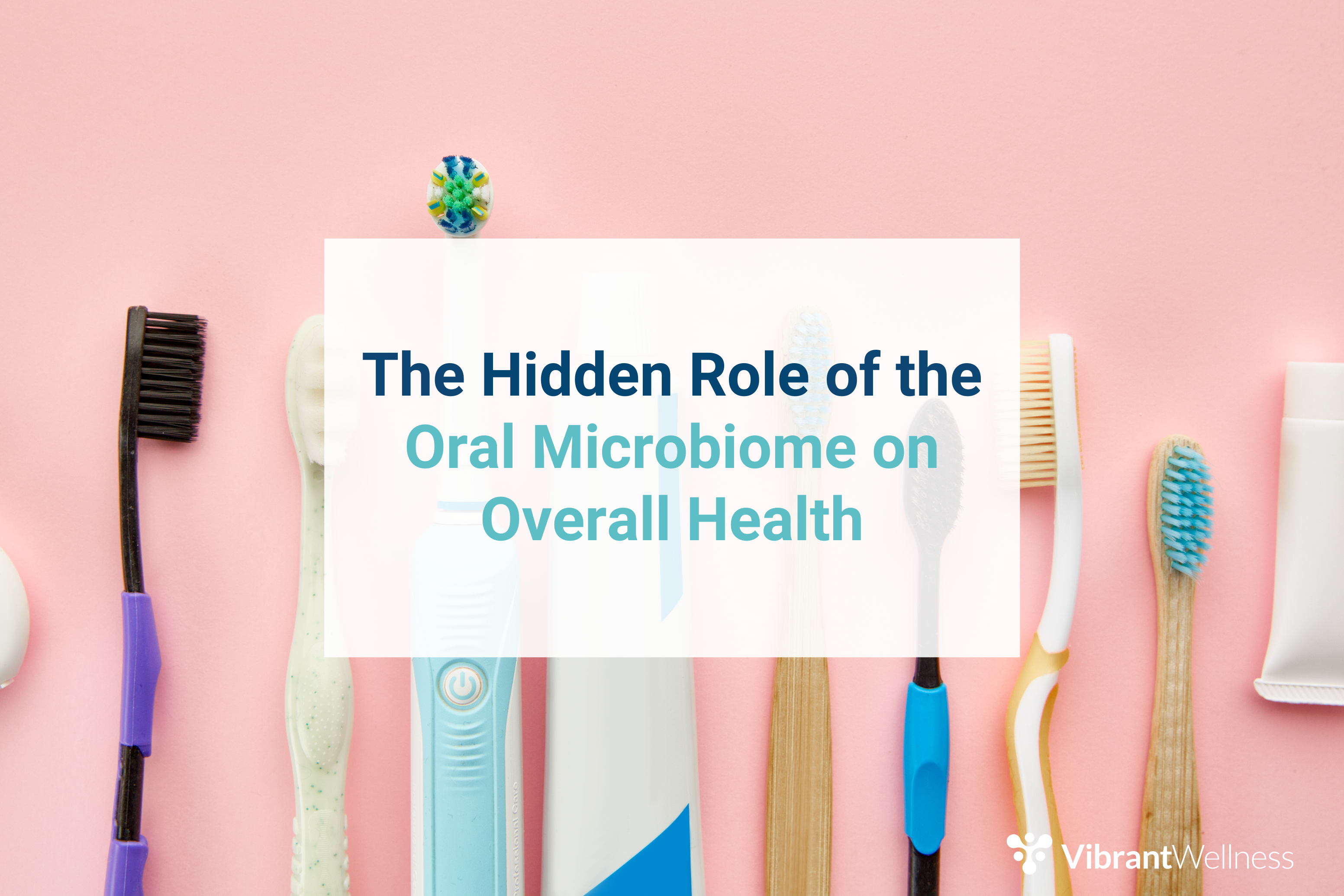How to Develop an Autoimmune Food Plan
This 30 to 90-day food plan uses the elimination and reintroduction protocol to identify food allergies and sensitivities, decrease inflammation, optimize nutrient intake, and promote healing.
This personalized plan focuses on using comprehensive wellness testing and nutrient-dense, whole foods to:- Support healing
- Reverse micronutrient deficiencies
- Decrease inflammation
- Balance the microbiome
- And support the normal functioning of the immune system
Throughout this plan, you'll track your patient's progress and make adjustments as needed, focusing on nutrient-dense whole foods.
Phase One: Test—Don't Guess

The first step of the Autoimmune Food Plan is to implement comprehensive wellness testing to identify the root cause of your patient’s symptoms so you can understand how best to address them.
Consider the following lab tests to support phase one:
The Whole Blood Nutrient + Omega Test
The Whole Blood Nutrient Profile + Omega is an at-home test that measures the nutrient status of common vitamins, minerals, antioxidants, metabolites, and amino acids at the cellular level, providing a baseline assessment of whole blood micronutrient status.
Autoimmune conditions like Celiac and Crohn's can cause micronutrient malabsorption and deficiencies. Thus, the test will help determine if a patient has an underlying autoimmune disease.
The Connective Tissue Disorders Test
Connective Tissue Disorders (CTD) are medical diseases targeting the body’s connective tissues. Most CTDs feature autoimmune-induced inflammation in the immune system.
The Connective Tissue Disorders test provides the most comprehensive view and early detection of Connective Tissue Disease, helping reveal underlying autoimmune conditions.
The Gut Zoomer Test
The Gut Zoomer assesses hundreds of species of bacteria, yeast, viruses, and parasites in the gut microbiome, alongside relevant digestive and inflammatory markers.
Microbiome imbalance and autoimmune disease can create a vicious cycle where one can be both the cause and effect of the other. The Gut Zoomer can aid in detecting autoimmune diseases that result from (or cause) gastrointestinal dysbiosis.
The Total Tox Burden Test
The Total Tox Burden provides complete insight into the body's levels of heavy metals, mold toxins, and environmental toxins.
Toxic burden can lead to chronic inflammation and autoimmune disease. The Total Tox panel will help patients address toxic overload and prevent or reveal compromised immunity and autoimmune disease.
Infections Test
The Infections Test measures the prevalence of infections, including active infections, by detecting antibodies to specific viruses.
Viral infections are a major factor that can initiate the onset of autoimmune disease.1 Viruses trigger a potent immune response from the body and can cause mediated immune attacks against one's own antigens when unregulated.2
The Infections panel will help determine a patient’s infection status and reveal any viruses that may be linked to autoimmune disease.
Learn more about advanced functional lab tests.
Phase Two: Eliminate Potential Triggers

The second step of the autoimmune protocol eliminates food triggers from the diet to alleviate symptoms and prevent further inflammation.
In the Elimination phase, your patient will remove the following their diet:
- All grains
- Legumes
- Dairy
- Nuts
- Seeds
- Eggs
- Nightshade-family vegetables
- Any chemical food additives
Additionally, patients should avoid foods that trigger immune responses and check blood-micronutrient status to test for nutrient deficiencies/malabsorption.
Consider the following food sensitivity tests to determine immune reactions to foods:
- Food Zoomers (wheat, corn, grain, soy, egg, dairy, lectins, seafood, mammalian milk, peanut, nuts)
- IgA+IgG Food Sensitivities and Food Additives
- Igg4 + C3D Food Reactions
- IgE Allergies
Patients should follow the autoimmune elimination diet for 30 to 90 days. While patients are in the elimination and reintroduction phases, you can ensure they are getting enough macronutrients and micronutrients in their diet with micronutrient testing.
Guide your patients on when to end the elimination phase and when to begin the reintroduction phase.
Phase Three: Restore

In the third and final step in the Autoimmune Food Plan, introduce your patients to foods that are rich in prebiotics and probiotics to help:
- Balance the microbiome
- Heal leaky gut
- Decrease inflammation
- Support the growth of beneficial gut bacteria
Use the KEY in the attached printable food plan to prioritize foods that help restore balance to the body.
Probiotics are foods or supplements containing live microorganisms that, when ingested, are sources of beneficial bacteria for the gut.3
Prebiotics are foods (typically high in fiber) that act as sustenance for the "good" bacteria. Prebiotics are used to feed and improve the balance of helpful microflora in the gut microbiome. 3
Examples of probiotic-rich foods include fermented foods such as:
- Yogurt or kefir
- Sauerkraut
- Kimchi
- Kombucha
Examples of prebiotic-rich foods include:
- Whole grains
- Bananas
- Leafy greens
- Onions
- Garlic
- Soybeans
- Artichokes
Additional Guidelines

When restoring gut health, it's also vital to choose wild, organic, and colorful foods, and incorporate lifestyle practices that promote healing.
Choose Wild & Organic
Wild and organic foods help minimize pesticide exposure, herbicides, and fungicides.
Choose:
- Non-GMO/grass-fed beef
- Pasture-raised/organic poultry
- Wild-caught seafood
Additionally, reduce other toxins that may be found in food by avoiding food packaging such as plastic containers or cans with BPA linings.
Choose Diversity & Color
Emphasize colorful foods to increase antioxidants, phytonutrient compounds, and diversity in the diet:
- Antioxidants are nutrients that can protect against cell damage by fighting free radicals in the body, which can cause severe ailments like heart disease and cancer. 4
- Phytonutrients encompass a wide variety of substances produced by plants that are beneficial for the human body. They come from various plant-based sources such as fruits, vegetables, beans, grains, and other plants. Antioxidants are an example of phytonutrients. 5
- A diverse diet will incorporate various types of foods, especially fruits and vegetables, to optimize nutrition and the intake of phytonutrients.
Optimize Lifestyle
Lastly, promote recovery by advising your patients to incorporate lifestyle practices that support the body's ability to heal:- Getting quality and adequate amounts of sleep
- Improving stress management
- Finding opportunities for joyful movement
- Spending time in nature
- Connecting with others
Combining these nutritional and lifestyle strategies with advanced food sensitivity and wellness testing can help your patients address autoimmunity and gut inflammation—so they can start to feel better.
Download the printable Autoimmune Food Plan HERE.
 By
By


